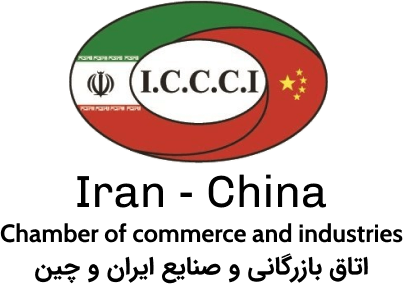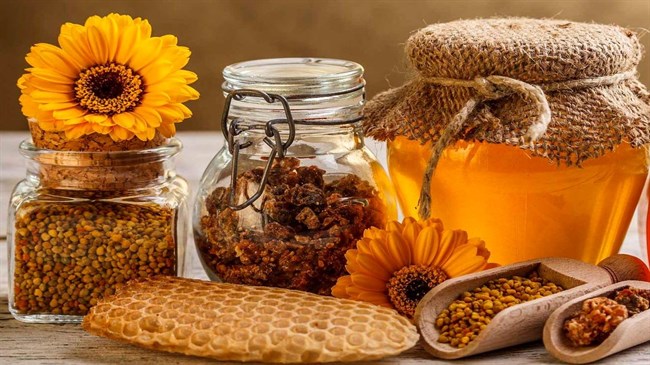The quality of Iranian honey is unique in the world due to the its diverse, four-season climate, said the head of National Association of Beekeepers and Honey Producers of Iran, adding that the country will increase honey exports during the current Iranian year (to end March 20, 2023).
Abdolreza Bigonah told Iran Daily that exports of the product in the last one or two years were around 700 to 800 tons, but due to the relaxed coronavirus preventive measures leading to an increase in travels, exports of honey could be lifted.
He predicted if the current export trend continues, the amount of honey exports will reach about 5,000 to 6,000 tons by yearend.
Bigonah noted Malaysia, Indonesia, and Persian Gulf littoral states including Qatar, the UAE and Iraq are the main buyers of Iranian honey.
Referring to the low price of honey in the domestic market, the association head said: “For the business of beekeepers and honey producers to prosper, we must move towards increasing honey exports.”
He put the current production of honey at about 87,000 tons per year, adding that the domestic market needs for honey stands at about 55,000 to 70,000 tons annually.
There have been problems with exports in recent years, including sanctions and the coronavirus, Bigonah said, noting that such problems have caused us to have about 15,000 to 30,000 tons of surplus honey production every year.
“Surplus supply has pressed down the prices in the market and weakened the business of honey producers,” he continued.
“Due to the low price of honey, beekeeping is not economically viable and does not meet the livelihood needs of producers. Accordingly, most beekeepers in the country have two jobs,” Bigonah criticized.
Currently, the per capita consumption of honey is 600 grams per year in Iran, while the figure in the world is 900 grams to 1.2 kilograms, the association head announced.
Pointing to the health benefits of the product, he said: ” Honey should be included in people’s daily consumption basket.”
In our country, honey is mainly considered as a luxury food item and is not a regular breakfast item on the table of many people, Bigonah noted, adding that also many people consume it only as a medicine for curing fainting and illness.
He continued: “This is while honey is reasonably priced in Iran and its continuous consumption can prevent many diseases.”
“Production in our country is not modern and most beekeepers in the country use traditional methods to raise bees and produce honey,” Bigonah said.
However, beekeeping on a scientific and modern basis may bring about the necessary income and productivity and can give beekeepers hope for a future career, he continued.
“Iranian officials should help promote the country’s beekeeping industry and diversify products by holding training workshops as well as providing modern facilities.”
Modern beekeeping is not limited to honey production, Bigonah said, adding that today, beekeepers produce a variety of value-added products including bee venom, royal jelly and bee glue, which have very high nutritional and medicinal benefits and are by far, more expensive than honey.
“Due to the suitable conditions of the country for the production of honey and other beekeeping products, it is necessary for Iranian officials to pay more attention to the development of the industry in order to increase exports,” he noted.
There are over 71 million beehives across the country and 78,258 beekeepers work in Iran, Bigonah concluded.





